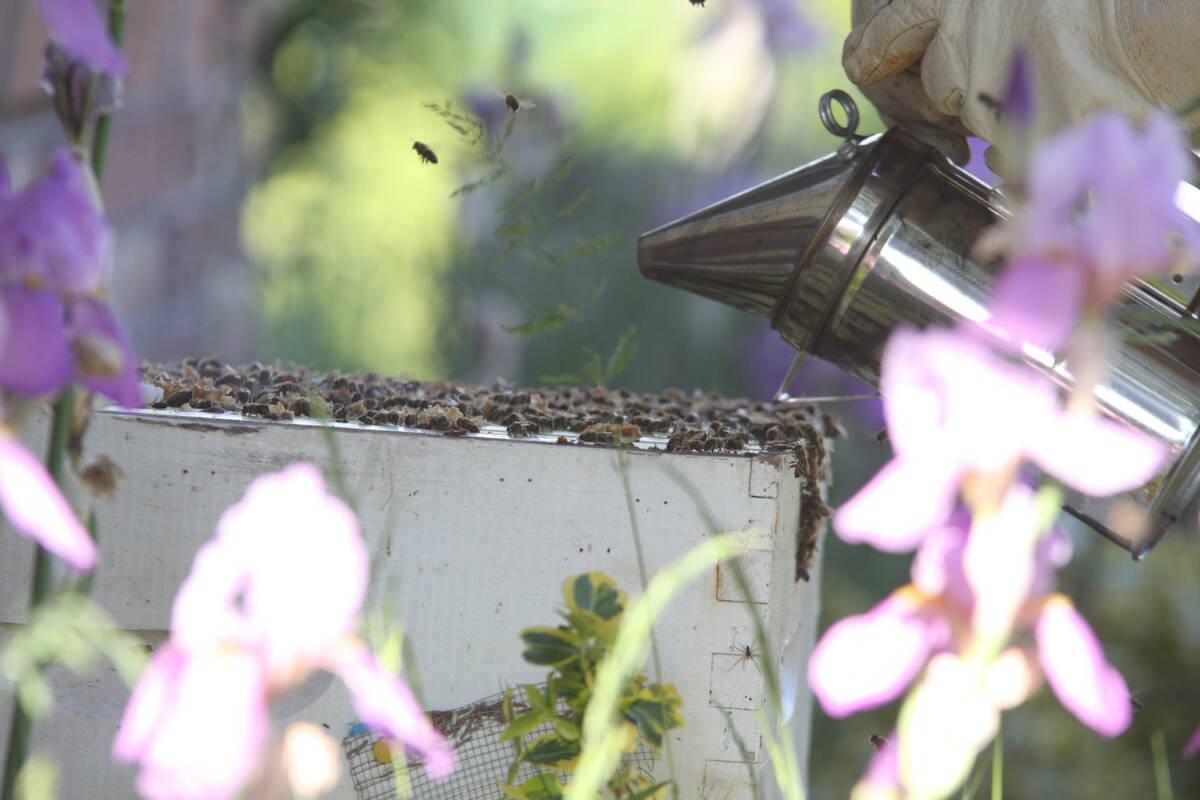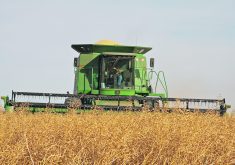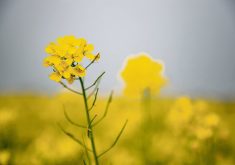SASKATOON — Canada’s mustard acres are going to be slashed this year, but prices have not yet responded to the magnitude of the drop.
Statistics Canada is forecasting 289,000 acres, which would be less than half of last year’s 606,000 acres.
Scott Cunningham, general manager of Schluter & Maack Canada, said that estimate may not be as outlandish as it seems.
Read Also

Manitoba beekeepers battle for survival
Honeybee colony losses have hit 43 per cent, making 2025 the latest in a string of poor bee survival years for Manitoba’s honey producers
“Statscan might be a little on the low side, but unfortunately they’re probably not as far off as most guys would like to think,” he said.
Rayglen Commodities Inc. called the forecast “staggering” and a “major shake-up.”
In a recent grain market commentary, the firm stated that most people in the trade were anticipating something in the 500,000-acre range.
“This sharp decline will likely put a floor under prices and bodes well for future market strength,” it said.
Rayglen said seed sales have picked up since the Statistics Canada report was released on March 12.
Cunningham said the cut in mustard acres probably would have been even more severe if canola wasn’t experiencing all sorts of tariff mayhem in its key markets.
Canadian yellow mustard prices were trading around $0.45 cents per pound f.o.b. farm as of March 20, with brown and oriental values close to $0.35.
Growers are looking for $0.50 per lb. for yellow mustard and $0.40 for brown and oriental at a bare minimum.
“We’re going to see who’s going to blink first,” said Cunningham.
The reason prices are depressed is that European end-use buyers have not been purchasing Canadian product for the past 18 months.
“We can’t get bids out of anybody,” he said.
Cunningham is anticipating the largest uncontracted mustard crop ever come fall.
“We have one new crop contract signed up for mustard,” he said.
“Normally, at this time, we’re done contracting.”
Price direction will depend on how many acres actually go in the ground and how yields turn out.
Moisture conditions are better than they have been the past several years, but it is still deficient.
The fate of the crop will likely depend on July weather. The last couple of years the crop “burned up” in July.
Cunningham said European buyers are still recovering from the drought of 2021, which sent mustard prices skyrocketing in 2022.
Growers around the world greatly increased acres in response to yellow mustard prices in the $2 to $2.50 per lb. range.
Saskatchewan farmers started growing the crop in non-traditional areas like Nipawin, Carrot River and Yorkton because crop insurance rates were wildly attractive.
The market is still working its way through burdensome supplies caused by that enthusiastic response from growers.
Cunningham said a lot of the estimated 155,000 tonnes of carryover from the 2024-25 crop is yellow mustard with canola in it, which requires extensive cleaning.
Buyers who had to shell out big bucks for mustard following the drought are not eager to raise bids in today’s environment, despite waning acres and a series of poor crops.
He said it is frustrating for processors because they want to have ample supplies available for end users, but the end users are refusing to pay up.
Cunningham said it will be interesting to see how the price dynamic plays out as the growing season unwinds.
If yields are average, he expects farmers to lock the bins and wait for prices rise.
“They’ll try to teach the end use buyers a lesson,” he said.
However, farmers will need to generate cash at some point, and mustard may prove to be a hard crop to sell. The spot market could soon become overwhelmed due to the small volume of forward contracting.
Yellow mustard could be particularly hard to move because the United States is a big market for that crop, and U.S. President Donald Trump is set to apply 25 per cent tariffs on Canadian goods crossing the border as of April 2.
That might have some traditional yellow mustard growers contemplating planting brown or oriental types. Cunningham said switching up from the tried and true seldom works out well.
“If you’re a mustard grower and if you’re in a mustard area, stay in your lane,” he said.
















